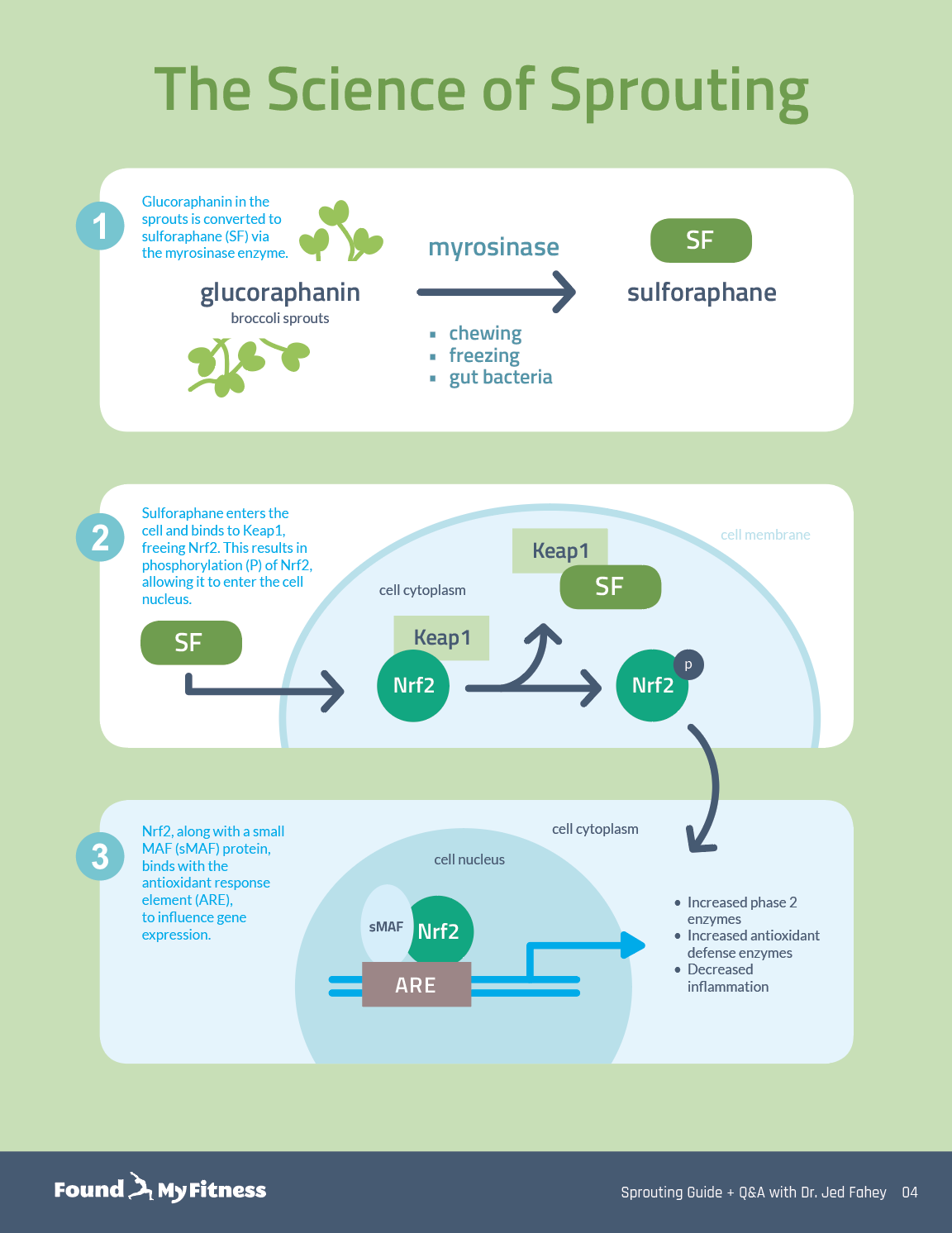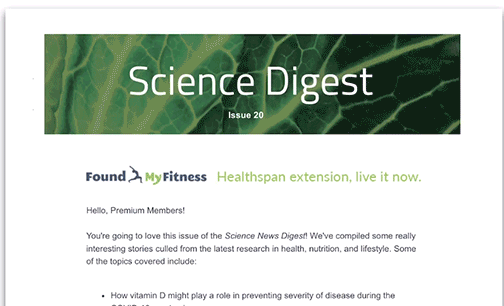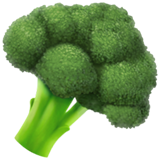Sulforaphane boosts detoxification of air pollutants benzene and acrolein | Rhonda Patrick
Enter your email to get our 15-page guide to sprouting broccoli and learn about the science of chemoprotective compount sulforaphane.
Broccoli sprouts are concentrated sources of sulforaphane, a type of isothiocyanate. Damaging broccoli sprouts – when chewing, chopping, or freezing – triggers an enzymatic reaction in the tiny plants that produces sulforaphane.

Get the full length version of this episode as a podcast.
This episode will make a great companion for a long drive.
Recent clinical evidence suggests that sulforaphane can help the body to rapidly excrete potential cancer-causing compounds, such as benzene and acrolein, which are prevalent in air pollution and cigarette smoke. Sulforaphane activates Nrf2, a master regulatory gene that orchestrates the expression of protective proteins that aid the body in combating oxidative stress. In this clip, Dr. Rhonda Patrick discusses the many ways in which sulforaphane aids the body in excreting harmful compounds.
The simplest unsaturated aldehyde, created by the burning of glycerol in animal fat. Acrolein, a toxic, colorless liquid, is a strong irritant for the skin, eyes, and nasal passages of humans. It has a disagreeable, acrid smell, easily recognizable as the odor associated with burning fat.
A protein typically present in the cytoplasm of mammalian cells. Nrf2 can relocate to the nucleus where it regulates the expression of hundreds of antioxidant and stress response proteins that protect against oxidative damage triggered by injury and inflammation. One of the most well-known naturally-occurring inducers of Nrf2 is sulforaphane, a compound derived from cruciferous vegetables such as broccoli.
An isothiocyanate compound derived from cruciferous vegetables such as broccoli, cauliflower, and mustard. Sulforaphane is produced when the plant is damaged when attacked by insects or eaten by humans. It activates cytoprotective mechanisms within cells in a hormetic-type response. Sulforaphane has demonstrated beneficial effects against several chronic health conditions, including autism, cancer, cardiovascular disease, diabetes, and others.
Get email updates with the latest curated healthspan research
Support our work

Every other week premium members receive a special edition newsletter that summarizes all of the latest healthspan research.
Sulforaphane News
- Broccoli seed extract with a sulforaphane precursor reduced common cold symptom days in healthy adults.
- Sulforaphane-rich broccoli sprout extract modestly lowers fasting blood sugar in some people with prediabetes, perhaps due to variations in gut microbiota and individual metabolic traits.
- Sulforaphane, derived from broccoli, activates Nrf2, mitigating age-related skin changes and boosting the antioxidant defense system in mice.
- Sulforaphane from broccoli sprouts shows promise in preventing Alzheimer's disease – boosting memory and enhancing mitochondrial function in mice.
- Breathwork enhances endogenous antioxidant enzyme activity to counter oxidative stress.






